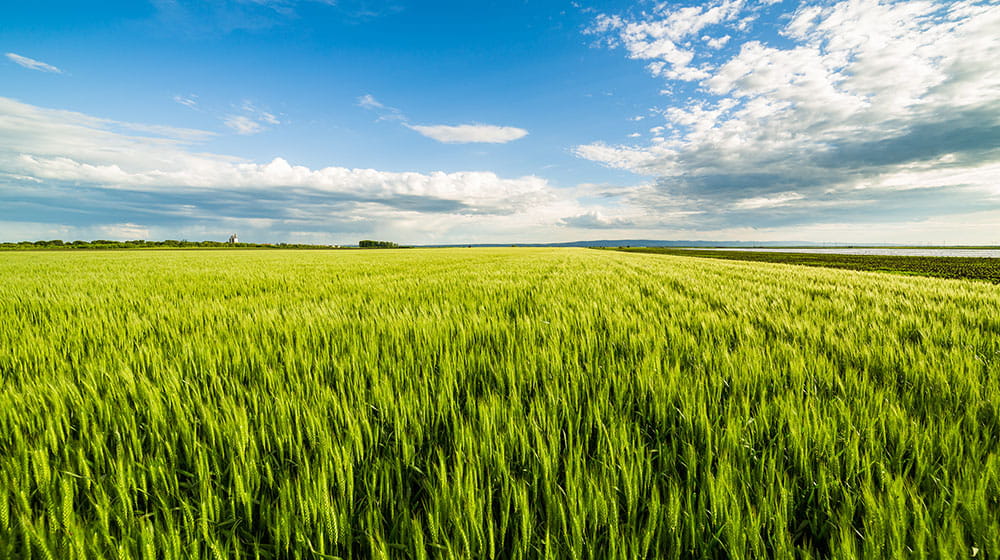Brome grasses can be a real challenge for winter wheat growers. First, because winter wheat and brome grasses are both cool-season, winter annual grasses, their seedlings often can be confused, making unwelcome weeds hard to detect. Downy brome, in particular, has an extensive shallow root system that enables the plant to extract much of the soil’s water and drain wheat of a vital resource. In fact, studies have found a downy brome density of 50 plants per square foot can remove soil water to the permanent wilting point to a depth of about 2.5 feet.1 Heavier infestations of downy brome have been found to reduce yields by 30-80 percent.2 It adds up to growers needing to get these grasses under control, according to Nathan Popiel, technical service manager, UPL.
Step 1: Eliminate the seed source
Downy brome is a prolific seed producer, capable of producing more than 500 pounds of seed per acre. Eliminating the spread of seeds helps control downy brome before it takes hold in a wheat field and spreads. There are a few practices growers can employ to help eliminate seed sources:
- Seed perennial, cool-season grasses like wheatgrass or smooth brome in waste areas and field borders to compete with downy brome.
- Control small infestations before they spread.
“Crop rotation is another weed-management option winter-wheat growers should consider if viable for their cropping systems,” Popiel said. “Disrupting weed life cycles on a rotational program reduces their ability to grow and thrive in a field.”
Step 2: Call a herbicide intervention.
In addition to cultural practices, winter wheat growers need to make sure their herbicide programs are set up for consistent control of brome grasses this season and next.
“For growers facing brome species in their fields, I recommend a post-emergent application of IronGate™ herbicide in the fall or spring to keep these winter annuals from interfering with crop growth and affecting yields,” Popiel added. “Its flexible application timing and lasting residual control mean later emerging grasses are controlled flush after flush.”
IronGate has proven its effectiveness in managing tough-to-control grasses. In head-to-head field research trials for downy brome, it outperformed competitive herbicide brands, achieving 95.8% efficacy in fall and 97.5% efficacy in spring applications to manage brome populations.
IronGate herbicide combines two novel active ingredients for post-emergent control of various brome species as well as wild oats, green and yellow foxtail, and barnyard grass. IronGate herbicide also is effective at controlling grasses and weeds in spring and durum wheat.
To learn more about managing the grasses impacting your wheat crop, contact your local UPL sales representative, local retailer or visit uplcorp.com/us.
1Downy Brome Control. Nebraska Extension Publications. University of Nebraska-Lincoln. Available at: https://extensionpubs.unl.edu/publication/g422/na/html/view. Accessed July 15, 2025.
2Downy Brome. Wheat & Small Grains Weed Resources. Washington State University. Available at: https://smallgrains.wsu.edu/weed-resources/common-weed-list/downy-brome/. Accessed July 10, 2024.




